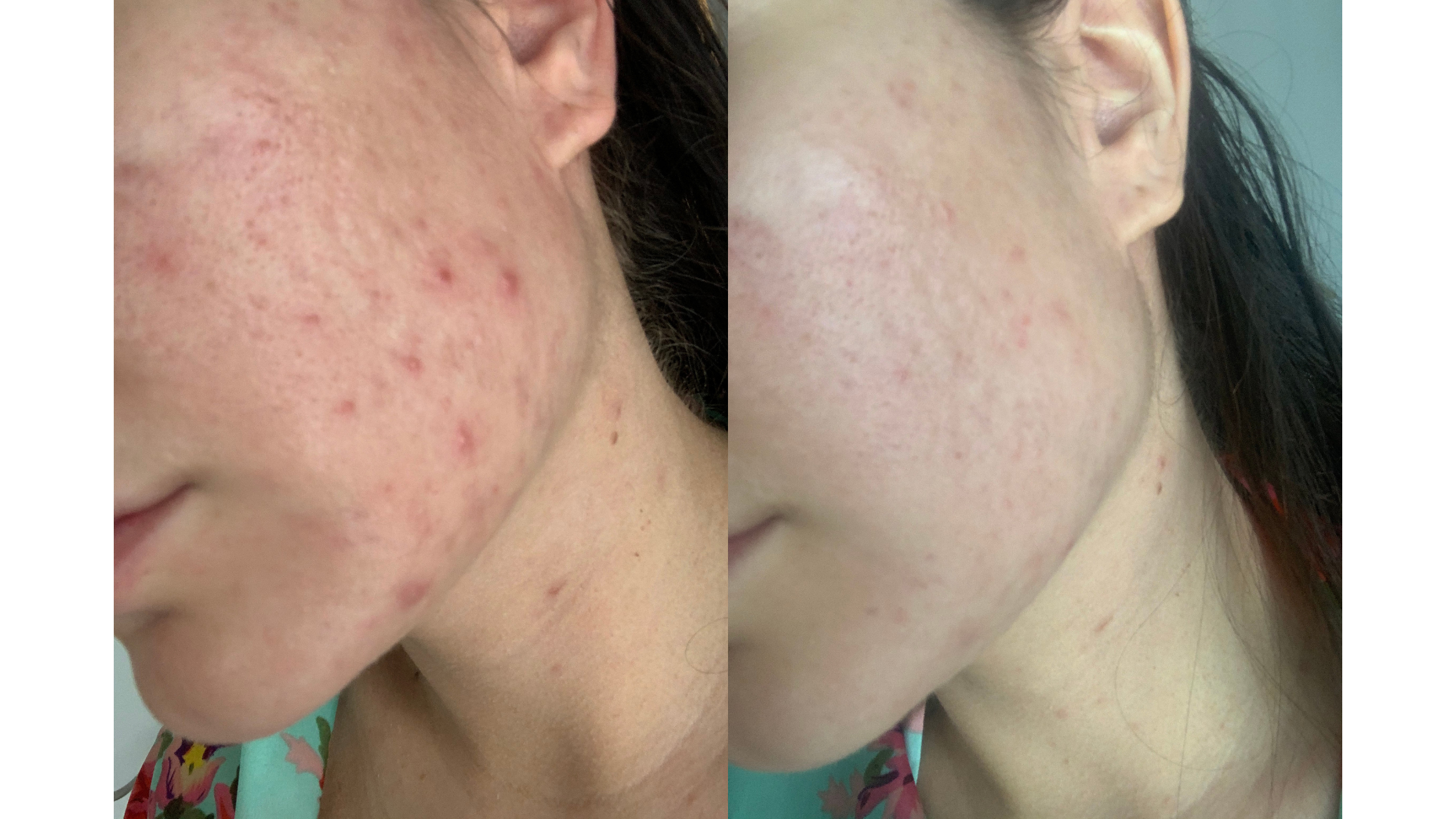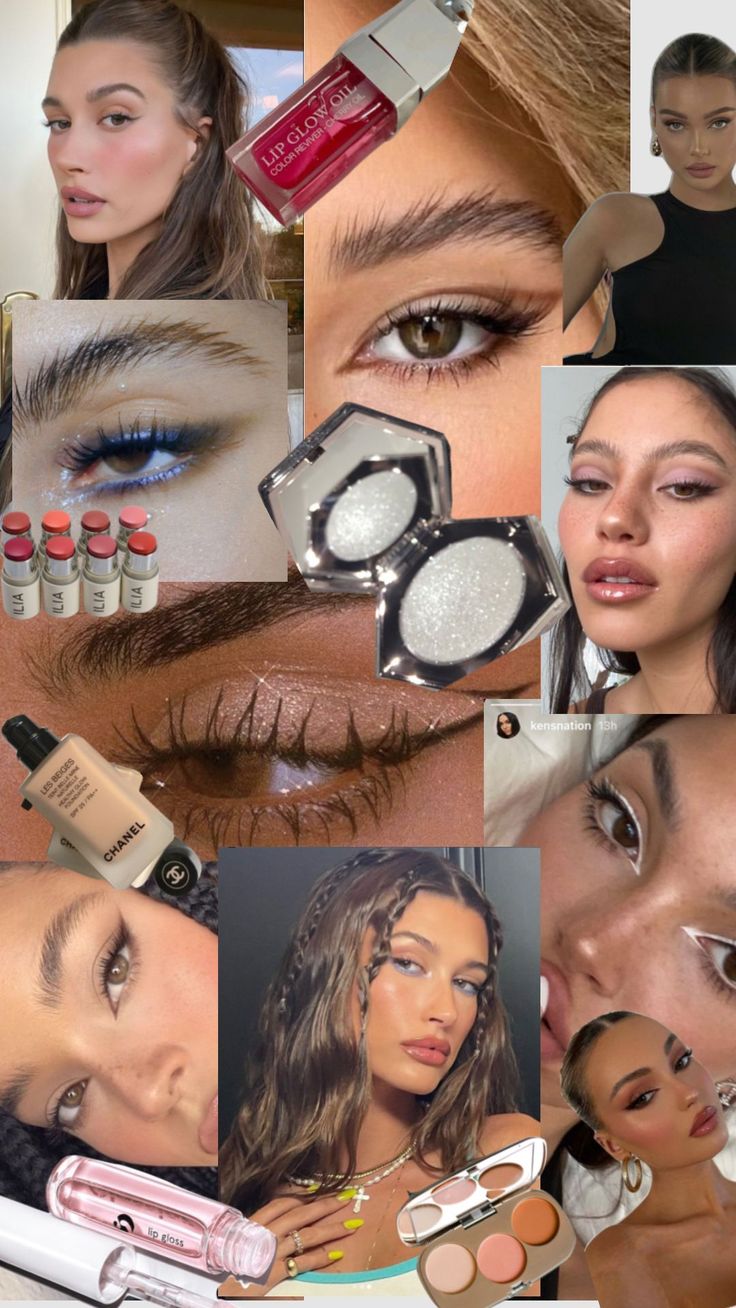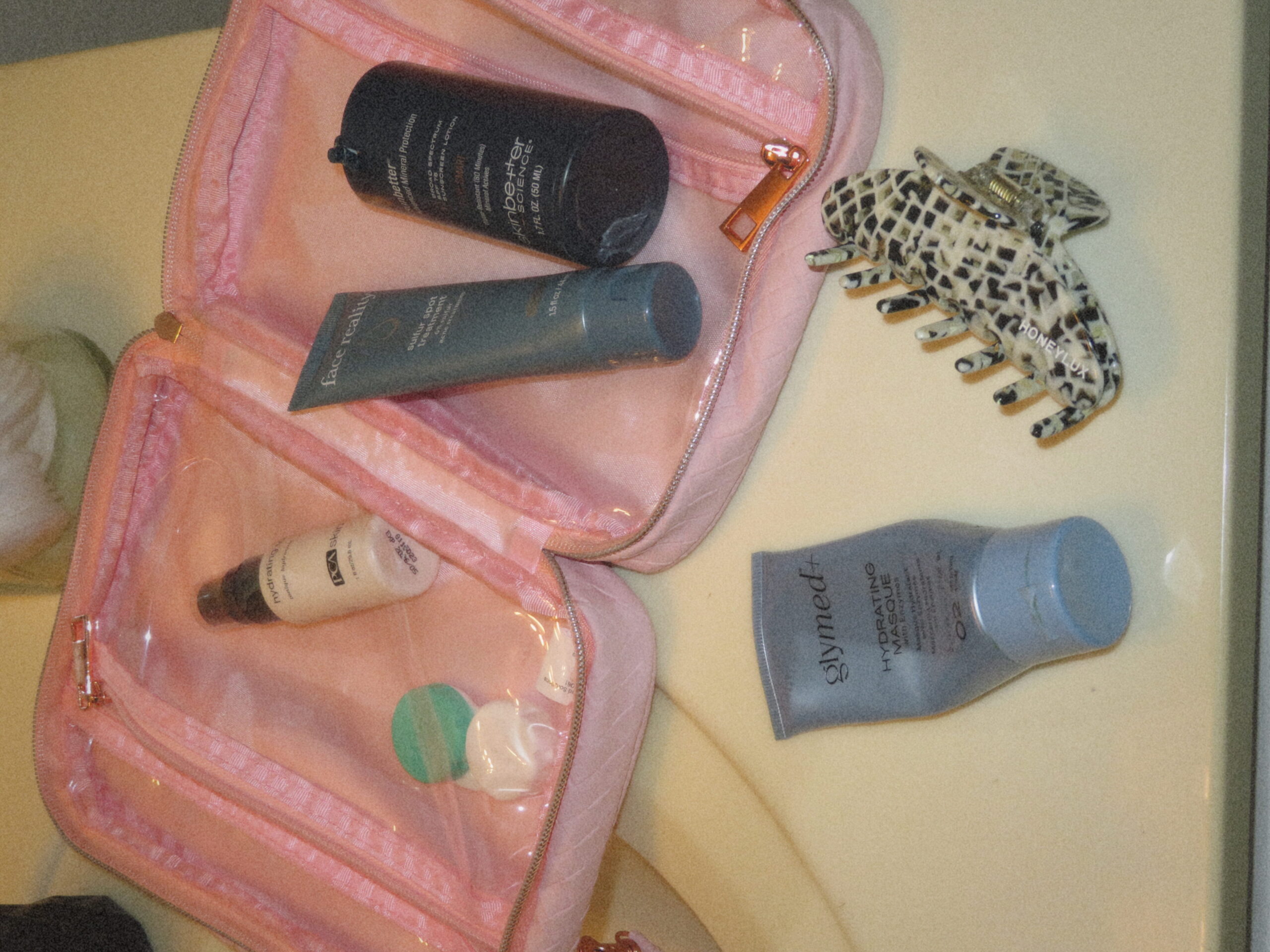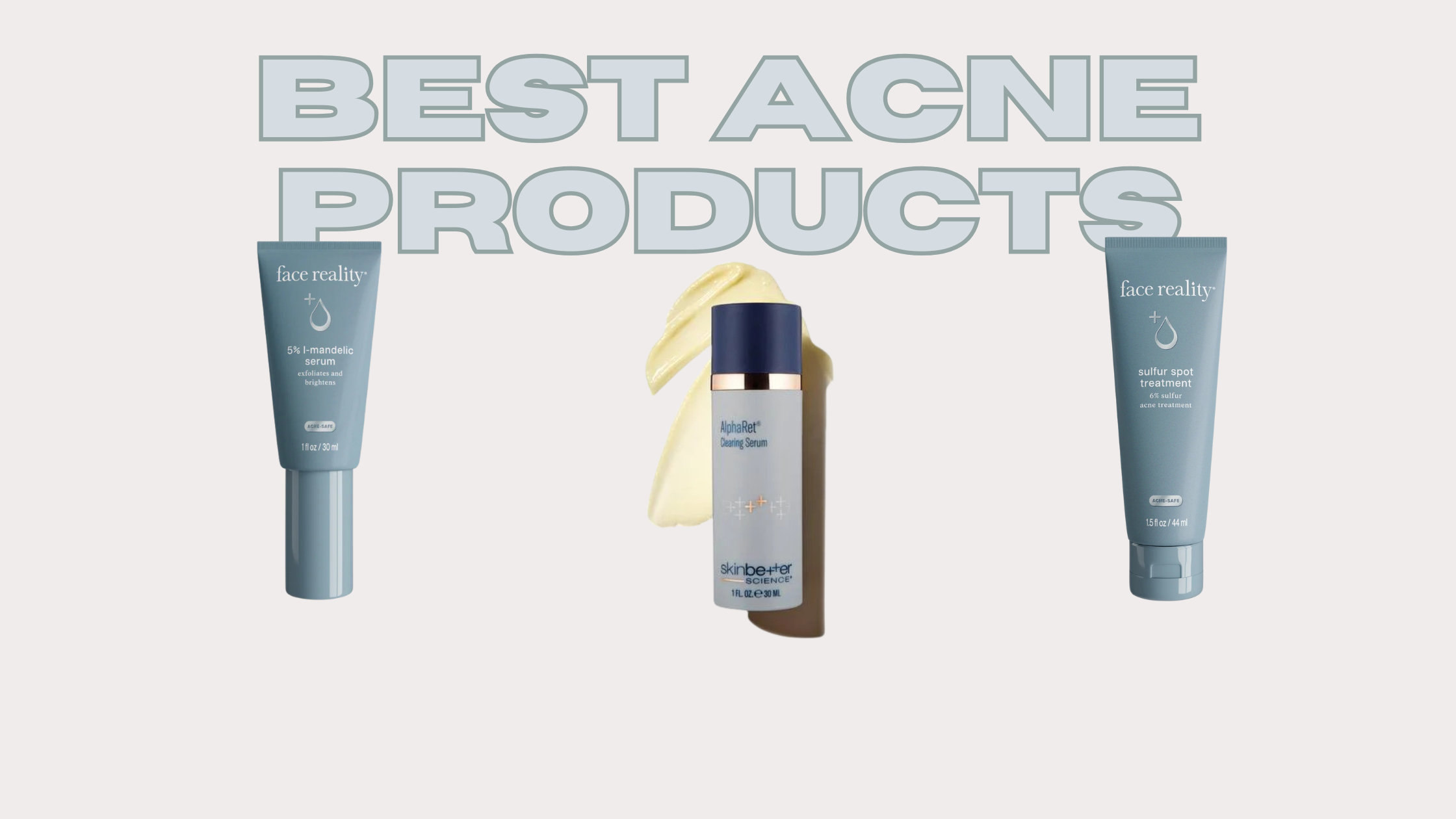FAVE LINKS
Topics
Lifestyle blogger serving up the latest self-care tips to exploring travel destinations that elevate the soul. Here to inspire and connect with fellow enthusiasts.
Acne, particularly cystic acne, is the absolute worst. It can be a relentless adversary, impacting not just our skin but also our self-esteem and confidence. It’s stubborn AF and its persistence often leaves us scrambling for solutions. There’s a plethora of skincare products promising miracles, but the journey to clear skin isn’t always found in a bottle, in my case anyways. Understanding the complex nature of acne is crucial for developing effective strategies to combat it.
The left photo was my skin before I made a huge lifestyle change. This wasn’t even at it’s worse. It was much, much worse prior.

HOW DOES CYSTIC ACNE FORM?
Acne is not a singular problem but rather multi-factorial, meaning several elements come together to create those stubborn, and often painful, blemishes. So WTF is going on to create this mess? Within the pore, a trifecta of bacteria, dead skin cells, and sebum (oil) work together to form acne. Various factors can contribute to an overgrowth in any of these, leading to the manifestation of acne. Hormonal imbalances, genetic predispositions, skincare products, diet, and food sensitivities are among the many culprits.
HOW TO REDUCE CYSTIC ACNE *NATURALLY*
For many acne sufferers, myself included, one of the pivotal steps towards clearer skin was understanding and addressing these underlying factors. Personally, I found that diving deep into hormonal testing, cleaning up my diet, not using active skincare ingredients and identifying my dietary triggers played a transformative role in managing my acne. However, this journey wasn’t without its challenges.
FOOD TRIGGERS FOR CYSTIC ACNE
Discovering my food triggers was a process of trial and error, and came with LOTS of frustration. It’s essential to note that there are alternative methods, such as epigenetic hair scans or comprehensive blood work, which can provide valuable insights into individual acne triggers. Consulting with a naturopathic professional specializing in women’s health or acne is invaluable in navigating your acne journey. While I am no nutritionist, after being an esthetician for three years I have identified the main trigger foods for acne. Eggs, dairy, gluten, and refined sugar being some of the top contributors. This does not mean that’s true for you, so that’s why I always recommend going to a professional to get tests done.
BALANCING YOUR HORMONES WHEN YOU HAVE CYSTIC ACNE
One crucial aspect of hormone testing that I found particularly illuminating was the DUTCH test. Unlike traditional blood tests, the DUTCH test offers a comprehensive analysis of hormone levels through a urine sample. This method is often considered more accurate and insightful, providing a clearer picture of hormonal imbalances that may contribute to acne. It’s important to advocate for yourself and seek out healthcare professionals who understand the nuances of acne management, as I discovered that certain medications, like birth control, can cause inaccurate test results.
GUT HEALTH + CYSTIC ACNE
Implementing dietary changes based on my triggers was a game-changer in my battle against acne. While it’s not a quick fix, and the journey may be difficult, persisting through the ups and downs can lead to significant improvements. It’s crucial to acknowledge that acne is not a one-size-fits-all condition; what works for one person may not necessarily work for another. Some individuals may achieve near-clear skin, while others, like myself, continue to struggle with sporadic breakouts due to genetic or other health-related factors.
Moreover, considering gut health in the equation can also be pivotal. Research suggests a strong connection between gut health and skin conditions like acne. Incorporating foods rich in probiotics, prebiotics, and fiber can promote a healthy gut microbiome, which may positively impact skin health. Fermented foods like yogurt, kefir, sauerkraut, and kombucha are excellent sources of probiotics, while fruits, vegetables, and whole grains provide essential prebiotics and fiber. By nurturing our gut, we’re not just supporting our overall well-being but also potentially addressing underlying factors contributing to acne flare-ups.
Acne is not one size fits all, and it is crucial to get your tests done and receive a customized plan tailored to YOU. Do not follow what others are doing for them. For example, I found out that eggs were a huge trigger for me, and as soon as I cut them out, about 70% of my acne went away. This does not mean you are sensitive to eggs because our bodies are different and have different imbalances.
WHAT TO DO WITH CYSTIC ACNE AT HOME:
If you’re reading this from the comfort of your home, you are probably desperately seeking relief from cystic acne, and I’ve got some tips that might help you out right now.
First off, grab some ice cubes, pop them in a ziplock bag, and apply them to those pesky breakouts. It’s a simple trick, but it can work wonders in reducing inflammation.
Now, let’s talk about a game-changer: Ravyi Mineral Drink Mix. Trust me, it’s worth adding to your cart ASAP. If you’re into cleanses, a refreshing celery juice or a blend of cucumber and pineapple can also help soothe inflammation.
Next up, let’s focus on your diet. Switching to an anti-inflammatory diet packed with nutrients, protein, healthy fats, and whole grains can do wonders for your skin and overall health.
I get it – the temptation to try every retinol, salicylic acid, or glycolic acid product on the market is real. But hold up! These could actually worsen your situation. Instead, consider using a gentle spot treatment like Face Reality Sulfur Spot Treatment to tackle congestion in the pores. Stick to hydrating, nourishing, and calming ingredients to give your skin the healing it needs (think peptides, ceramides, Beta-Glucan, Niacinamide). The last thing you want to do is aggravate it further with harsh exfoliants.
Now, onto what to avoid like the plague when dealing with cystic acne..
WHAT NOT TO DO WHEN YOU HAVE CYSTIC ACNE:
Steer clear of tea tree oil, clay masks, active ingredients, HEAT (steam, hot showers, saunas, excessive cardio) and home remedies like toothpaste or apple cider vinegar. These can do more harm than good and might just make matters worse.
And absolutely no picking!!
MAKE CYSTIC ACNE YOUR B*TCH
In conclusion, clearing cystic acne naturally requires a holistic approach that addresses the multi-factorial nature of the condition. By delving into hormonal testing, identifying dietary triggers, and seeking personalized solutions, you can take significant strides towards achieving clearer skin and reclaiming your confidence. While the journey may be challenging and ongoing, the empowerment that comes from understanding and managing one’s acne is immeasurable. Remember, you’re not alone in this journey, and with perseverance and the right support, clearer skin is within reach.
SHOP MY CYSTIC ACNE RECOMMENDATIONS:
explore
SHOP
Cuisinart 15-Piece Knife Set with Block
SHOP
Muse Bath Apothecary Hand Ritual
SHOP
Martha Stewart 100% Cotton Bath Towels
SHOP
Eozlink Fluffy Fur Slides
Leave a Reply Cancel reply
@ Your site here 2023. All Rights Reserved. Design By Sugar Studios | PRIVACY | TERMS
Lifestyle blogger and licensed esthetician serving up the latest skincare + beauty tips to sharing fashion inspo. Here to inspire, share and connect with fellow enthusiasts.







Be the first to comment